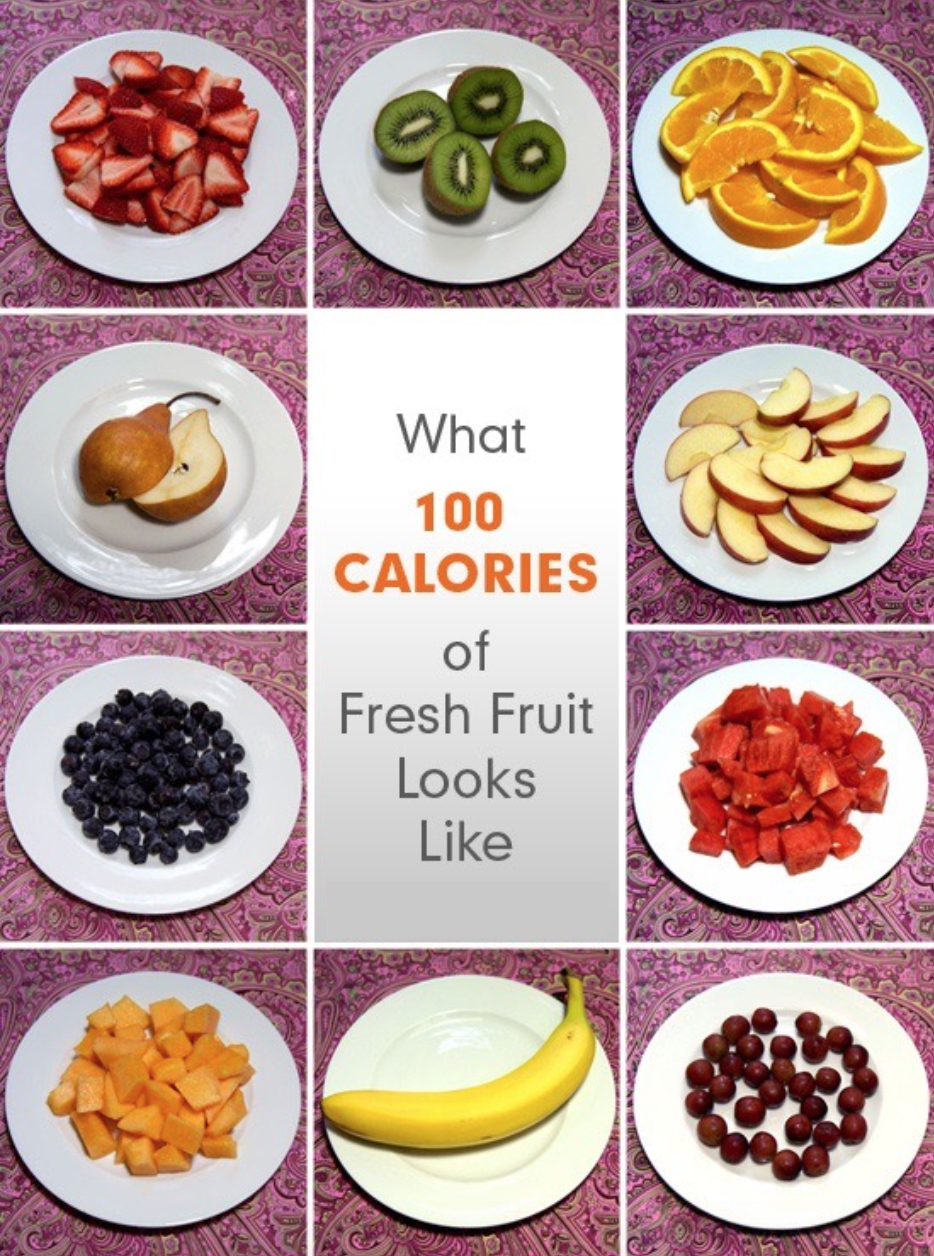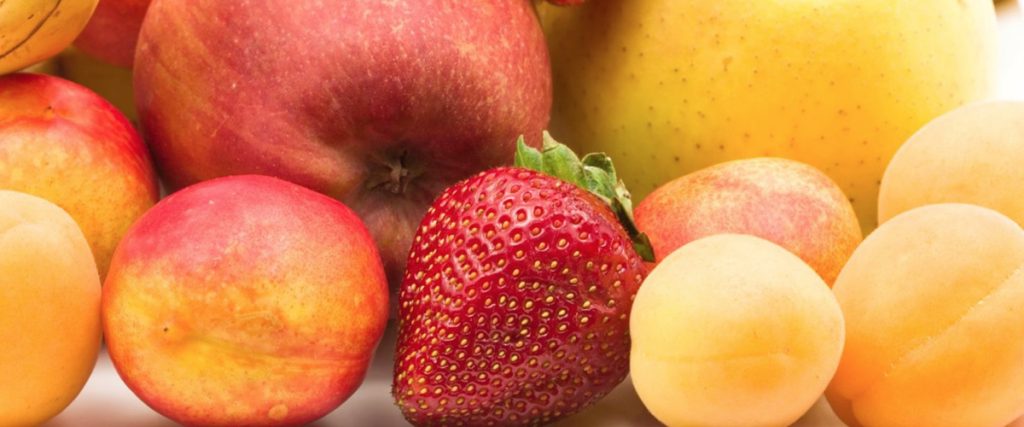By Kyle Blix, CPT, Cert. Ace Fitness Nutrition Specialist
Are you working hard in the gym but not seeing the changes you’re going for with your weight or body composition? It may very well be your diet–and more specifically, your snacks. Perhaps the greatest contributor to seeing results in with any exercise program is the diet. A week of hard lifting and strenuous cardio can be seriously undercut by poor food decisions. This is because food plays such a critical role in rebuilding the cells of the human body. As a personal trainer and nutrition counselor, I stress the importance of eating real, whole, unprocessed foods as much as possible, because they’re proven to be the most nutritionally dense and thus keep the body healthy and lean.(1)
When strategizing for proper nutrition, one of the most helpful questions to ask first is: What are the foods that you know, without a doubt, are holding you back? And more specifically, what are the snack foods that you’re eating in-between and after your meals? Often times people will get into a whole food diet only to go off the rails when it comes to their snack habits, which in turn can sabotage their progress of sculpting a lean physique.
Here, we turn to nature for the solution–fruit. When used as a snack replacement, fruit is one of the easiest ways to keep your body healthy and lean without sacrificing flavor and satisfaction. Fruits are nature’s ultimate snack hack.
To better understand just how fruit interacts with our bodies, we must address fructose. Simply put, fructose is fruit sugar. It’s a monosaccharide, the simplest form of carbohydrate, and thus it digests very easily.(²) Fructose is also found in processed foods as well, more commonly under the name high fructose corn syrup (HFCS). It’s a cheap way to sweeten processed foods and is found in a variety of products. However, there’s a big difference between HFCS and natural fructose from fruit.

The negative effects of high fructose in the diet are known to cause metabolic issues, such as obesity, high blood pressure and type 2 diabetes. But the naturally occurring fructose in fruit is completely different. Unlike HFCS, fructose does not cause a rapid rise and subsequent drop in blood glucose levels, giving it a fairly low glycemic load. Glycemic load is the measure of how a carbohydrate impacts your blood glucose levels.(³) Fruit has a fairly low glycemic load and contains a good amount fiber and water, which, when consumed together, help to mitigate the effects of fructose on blood sugar. For this reason, most fruits take a while to digest and hit the liver-insulin system slowly.(4) This is beneficial because consuming foods with a low glycemic load reduce the chance of health problems like diabetes, hypertension, obesity and heart disease.
Compare eating two apples, with a total of 38g of fructose sugar, to a can of Coke containing 39g of HFCS or cane sugar. One is going to keep you satisfied and fuller, and the other is going to cause a huge spike and crash. They both have completely different effects on the body.
The nutrient density of fruits cannot be ignored. They’re rich in fiber, vitamins, minerals, as well as a plethora of phytonutrients and antioxidants. Plus they’re incredibly filling, and delicious.
Fruits have been shown in multiple studies to reduce the risk for type 2 diabetes, heart-disease and as well as different types of cancer. In one particular study, research found that the risk of heart disease is reduced by 7% for each daily portion of fruit.(5)

Fiber especially has many benefits. The soluble fiber found in fruits has been shown in several studies to reduce cholesterol levels as well as slow down the absorption of carbohydrates.(6) This benefit carries over into weight loss as well, as fiber plays a critical role in increasing satiety, which in turn leads to consuming fewer calories.
On the caloric front, fruits come with more good news! They’re relatively low in calories, which means you can consume a variety of fruits before coming anywhere close to what the average bag of chips would cost you, for example. The average apple comes in at 95 calories, a banana 100 calories, an orange 45 calories and a carton of strawberries at 145 calories. When you habitually eat fruit, you’ll be less inclined to turn to snacks that are devoid of nutritional value.
To drive it home, the most useful way to work fruits into your diet is to use them as a complete snack replacement.
Fruits are nature’s ultimate snack-hack. Take any and all sweet snacks that you would normally eat after a lunch or dinner and simply replace them with a variety of fruits. For example, you could pack two bananas and a Tupperware of berries to take with you to work. Or toss them in a smoothie along with a plant-based protein powder for a meal replacement. They’re portable, tasty, and most importantly, incredibly nutrient-dense. You could even start with eating only fruit for breakfast and you would already be on your way to a much healthier day than if you picked a sugary cereal or a bagel. Armed with this knowledge, try incorporating more fruit into your diet combined with your exercise program to see those results you’re hoping for and realize the multitude of health benefits from fruit!
References:
1: Slavin, Joanne L., and Beate Lloyd. “Health Benefits of Fruits and Vegetables.” Advances in Nutrition 3.4 (2012): 506–516. PMC. Web. 16 Mar. 2018.
2: The Britannica – https://www.britannica.com/science/monosaccharide
3:Eleazu, Chinedum Ogbonnaya. “The Concept of Low Glycemic Index and Glycemic Load Foods as Panacea for Type 2 Diabetes Mellitus; Prospects, Challenges and Solutions.” African Health Sciences 16.2 (2016): 468–479. PMC. Web. 16 Mar. 2018.
4:Tappy L, Lê KA. Metabolic effects of fructose and the worldwide increase in
obesity. Physiol Rev. 2010 Jan;90(1):23-46. doi: 10.1152/physrev.00019.2009.
Review. PubMed PMID: 20086073.
5: Luc Dauchet, Philippe Amouyel, Serge Hercberg, Jean Dallongeville; Fruit and Vegetable Consumption and Risk of Coronary Heart Disease: A Meta-Analysis of Cohort Studies, The Journal of Nutrition, Volume 136, Issue 10, 1 October 2006, Pages 2588–2593, https://doi.org/10.1093/jn/136.10.2588
6: Cholesterol-lowering effects of dietary fiber: a meta-analysis.Brown L, Rosner B, Willett WW, Sacks FM.Am J Clin Nutr. 1999 Jan;69(1):30-42.
Fruit Calorie Infographic: https://www.fitneass.com/100-calorie-foods/

